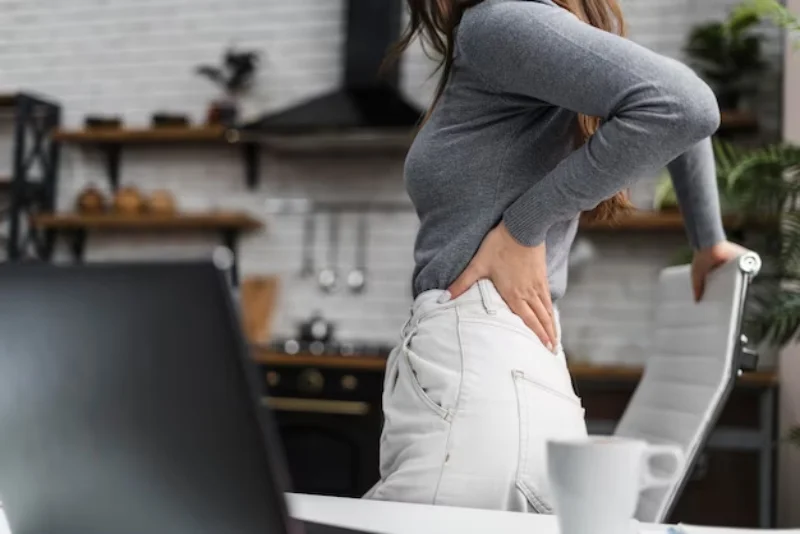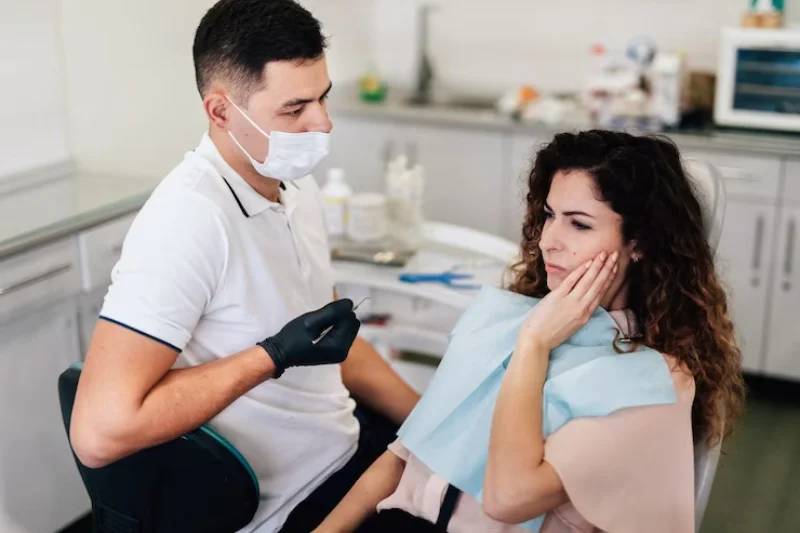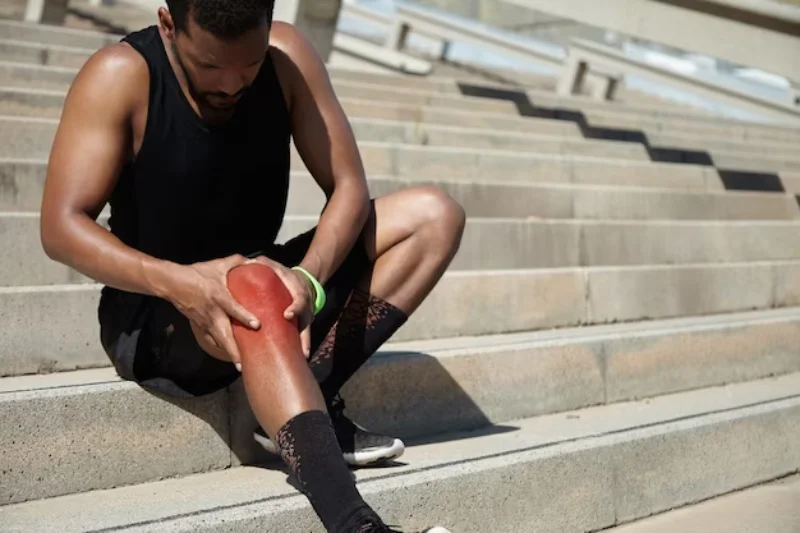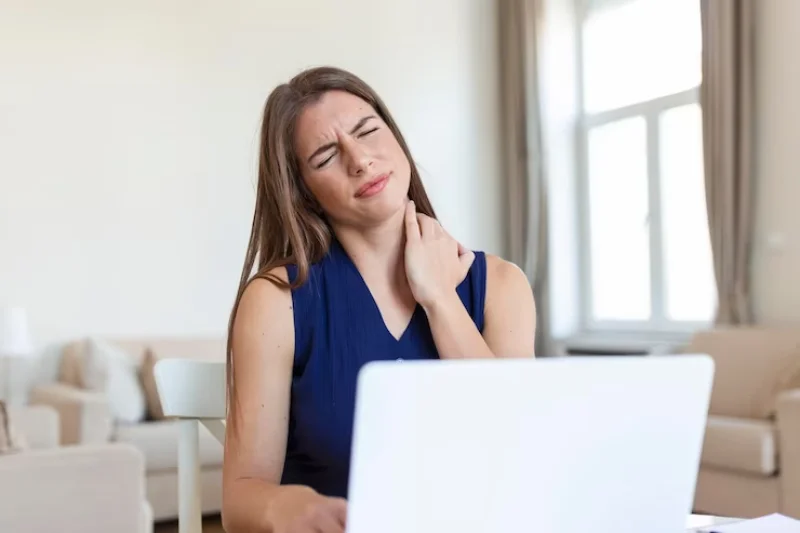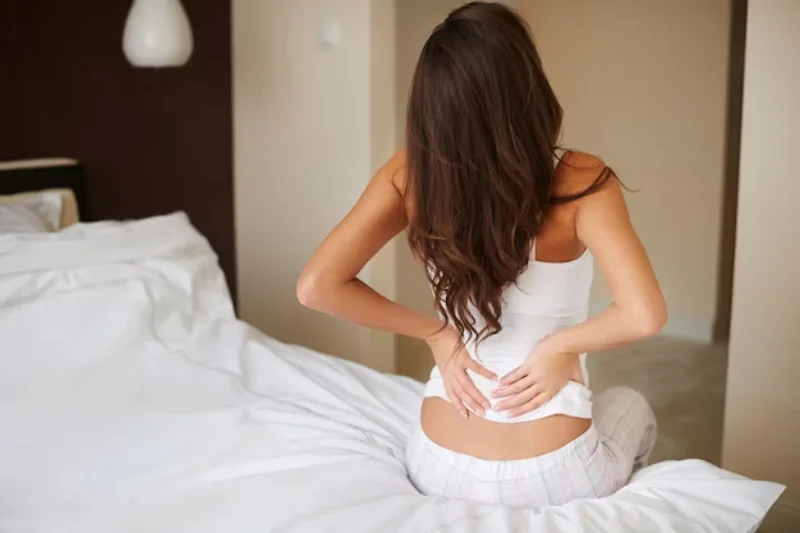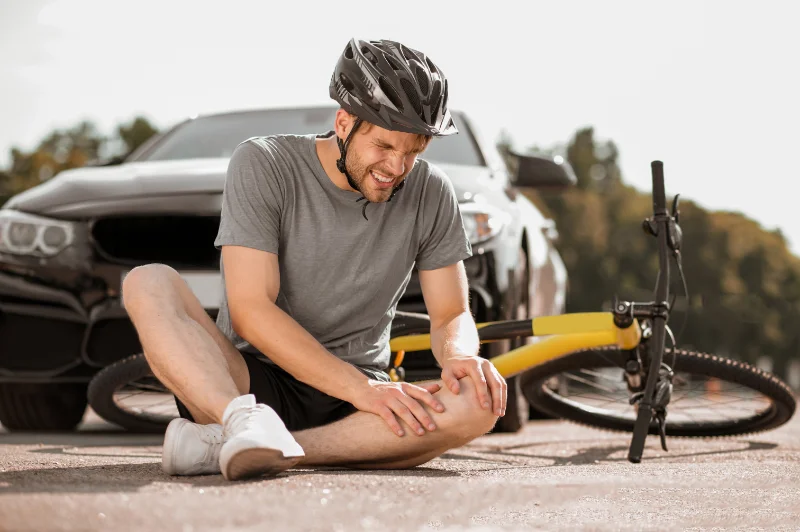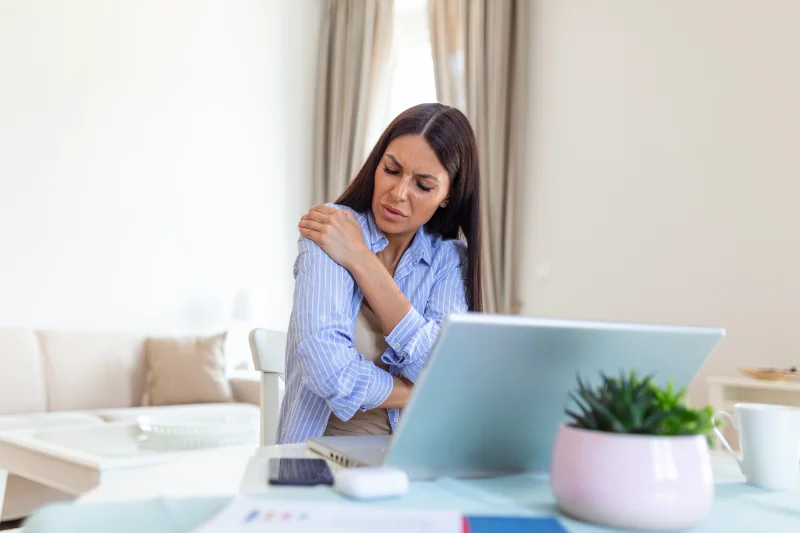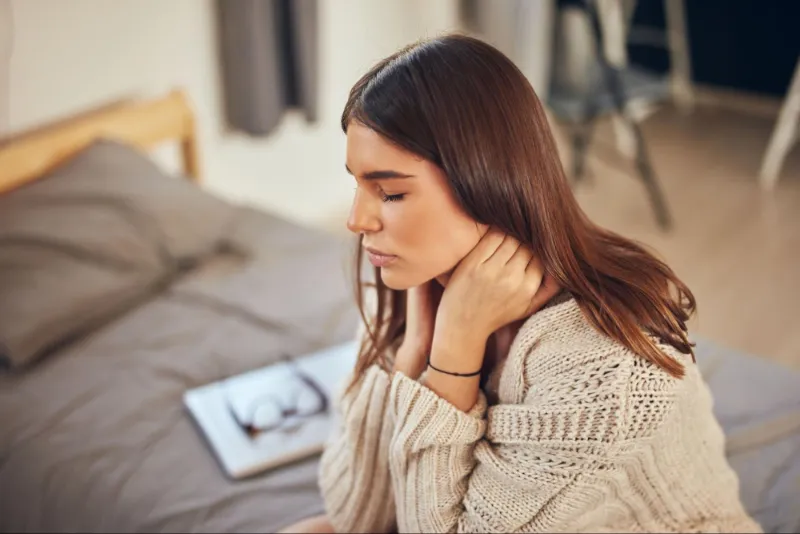Conditions
Conditions We Treat
Back, neck, and shoulder pain can result from poor posture, injuries at work, accidents at home or on the road, and misalignment of the spine or neck. Headaches, from mild to migraines, often stem from tense muscles around the head. These issues can be exacerbated by conditions like neuropathy, arthritis, carpal tunnel, knee pain, and shoulder problems. Seeking timely medical care and lifestyle adjustments can help relieve pain and improve overall well-being.
If you are suffering from pain, joint problems, or other issues, please contact our office in Clifton, NJ. Our specialists will be able to evaluate your condition to help you find a solution that fits your needs.







